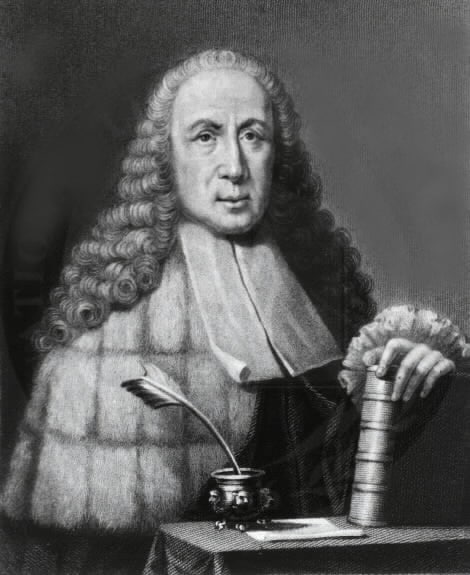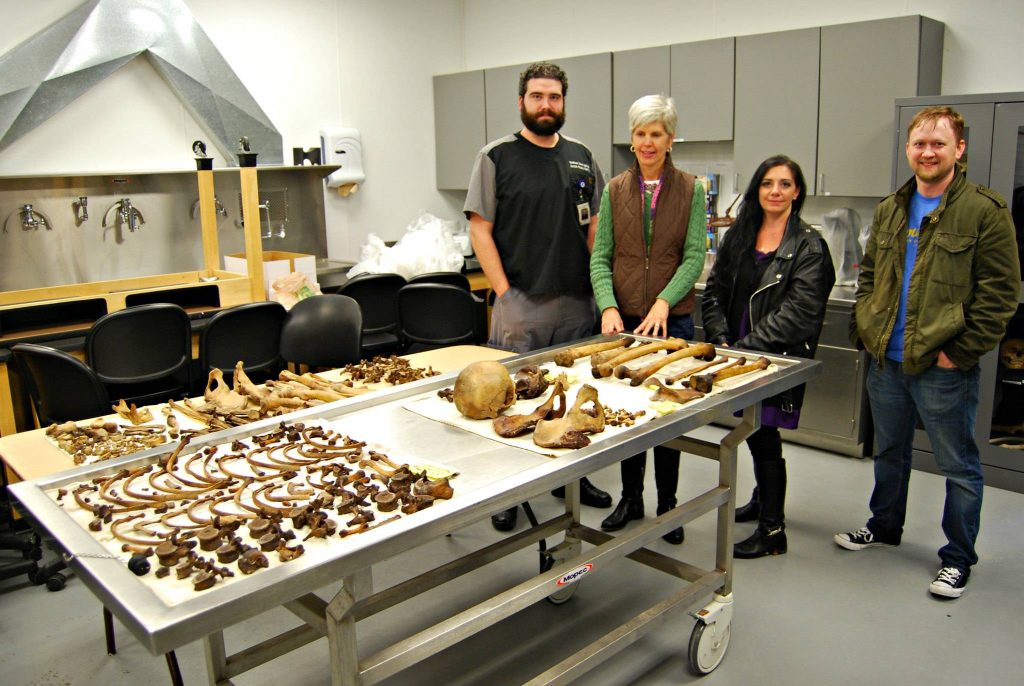It bugs the hell out of me why this has not been solved.
How Has Pathology Evolved Over Time? (History of True Crime)

From humble beginnings to cutting-edge technology, the history and evolution of pathology and forensic pathology have seen a remarkable transformation.
Pathology in Early Civilisations
Pathology wasn’t always as sophisticated as it is today.
In ancient civilisations, such as Egypt, India, and Greece, people began to study disease in a way that laid the foundations for modern pathology.
They used their limited knowledge to diagnose and understand diseases, often through the examination of tissue and organs.
Pathology During the Renaissance

The Renaissance was a time of great advancements in art, science, and medicine.
Anatomists like Andreas Vesalius, who published “De Humani Corporis Fabrica” in 1543, began to dissect human bodies in more detail, leading to a better understanding of human anatomy and physiology.
This period also saw the invention of the microscope, which would later revolutionise the field of pathology.
The 19th Century: The Modern Era
The 19th century was a game-changer for the history and evolution of pathology.
With the invention of the compound microscope, scientists were able to study cells and tissues at a microscopic level, enabling them to identify the causes of diseases.
This period also saw the rise of great pathologists like Rudolf Virchow, who formulated the concept of cellular pathology, which states that diseases arise from changes in individual cells.
The 20th Century: A Golden Age
The 20th century was a time of tremendous growth and innovation.
The development of new techniques, such as histopathology and immunohistochemistry, allowed for the detailed examination of tissue samples, leading to more accurate diagnoses and treatments.
The discovery of DNA and the subsequent development of molecular pathology revolutionised the field, enabling scientists to study the genetic basis of diseases.
The 21st Century: The Digital Age
In the 21st century, the history and evolution continue to unfold with the rise of digital pathology.
This field uses computer technology and artificial intelligence to analyse and interpret tissue samples, offering improved efficiency, accuracy, and accessibility to pathologists around the world.
As technology continues to advance, it will be fascinating to see how it continues to evolve and shape the future of medicine
Important People and Moments in the Evolution of Pathology
Giovanni Battista Morgagni

One of the most significant moments in the history of pathology was the birth of modern anatomical pathology, which can be attributed to the pioneering work of Giovanni Battista Morgagni (1682-1771).
His groundbreaking book, “De Sedibus et Causis Morborum” (On the Seats and Causes of Diseases), published in 1761, laid the foundation for the systematic study of the relationship between anatomical changes and disease manifestations.
Morgagni’s work led to a shift in focus from symptoms to underlying causes, setting the stage for the future development of the field.
Rudolf Virchow
Another pivotal moment in the history of pathology was the emergence of cellular pathology, thanks to the work of Rudolf Virchow (1821-1902).
Virchow’s famous aphorism, “omnis cellula e cellula” (every cell arises from a cell), established the cellular basis of disease.
His work laid the foundation for understanding that diseases were the result of alterations in cell structure and function.
Virchow also made significant contributions to the understanding of thrombosis, embolism, and inflammation, which remain key areas of study in the area today.

The Invention of the Microscope and Histopathology
The invention of the microscope by Anton van Leeuwenhoek in the 17th century was a game-changer.
The ability to observe cells and tissues at a microscopic level led to the development of histopathology, the study of changes in tissues caused by diseases.
Histopathology remains an essential tool in modern pathology, allowing for the identification and classification of various diseases, such as cancer, by studying their microscopic characteristics.
Immunohistochemistry and Molecular Pathology
The development of immunohistochemistry (IHC) and molecular pathology in the 20th century revolutionized the field.
IHC uses antibodies to identify specific proteins in tissue samples, enabling pathologists to identify and classify diseases with greater accuracy.
The advent of molecular pathology, which studies the molecular basis of diseases, has allowed for a deeper understanding of genetic and cellular alterations that underlie various conditions.
These techniques have played a crucial role in the diagnosis and treatment of cancer and other diseases.
The history of pathology is marked by numerous important moments and groundbreaking discoveries.
From Morgagni’s foundational work to Virchow’s cellular pathology, the invention of the microscope, and the rise of the digital age, each milestone has significantly advanced our understanding of diseases and shaped the field we know today.
As technology and scientific knowledge continue to evolve, it is exciting to imagine what the future may hold.
RELATED: How Did Forensic Science Evolve Through History? (History of True Crime)

- What Happens to Cold Cases? The Intricacies and Unsolved Mysteries Explained

- 13 Facts You Need to Know About Levi Bellfield: The Bus Stop Stalker

- How Has Pathology Evolved Over Time? (History of True Crime)

- Trio Convicted of June 2022 Westminster Murder of Adnan Saleh

- How Did Forensic Science Evolve Through History? (History of True Crime)

I feel like there should be more killers who use the internet especially in today's world.
Thanks for this. Anymore podcast lists coming anytime soon??
Not just females.
[…] Not So Heavenly Creatures: The case of two teenage girls who fell in love, created their own religion, entered…
There's a lot more the Italian authorities are not releasing over this case. Makes you wonder the extent of the…

 T
T
What Happens to Cold Cases? The Intricacies and Unsolved Mysteries Explained

 T
T
How Has Pathology Evolved Over Time? (History of True Crime)

 T
T
How Did Forensic Science Evolve Through History? (History of True Crime)

 T
T



